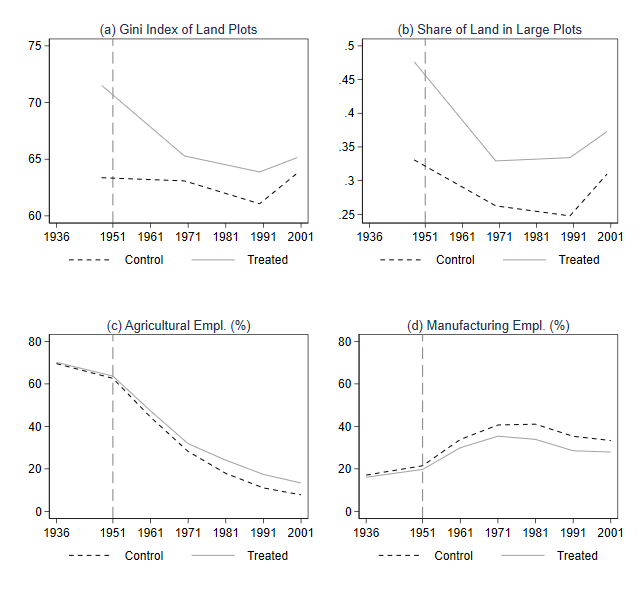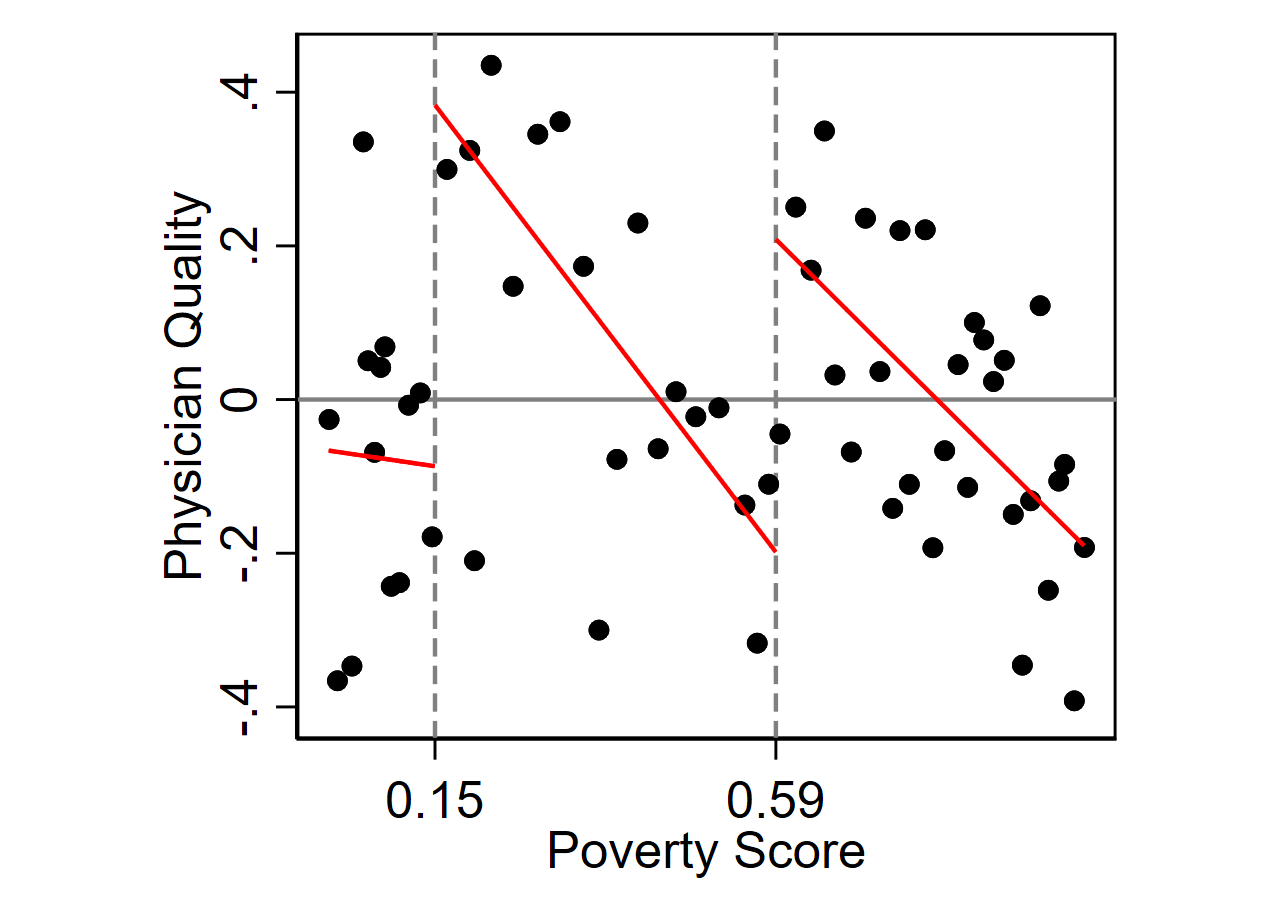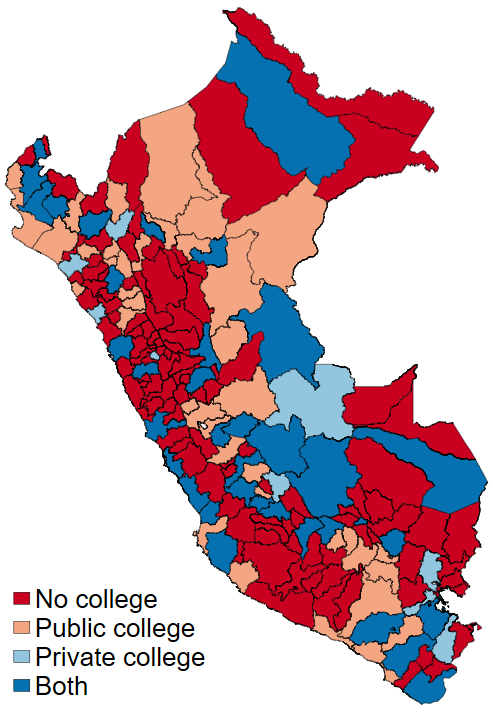Research Work

Persistent Specialization and Growth: The Italian Land Reform
Coauthors: Riccardo Bianchi-Vimercati, Giampaolo Lecce
Year: 2025 | Status: Submitted - Working Paper Available
Link: Download

Electoral Effects of U.S. Soft Power: Evidence from Hollywood Movies in Cold War Italy
Coauthors: Mario Cannella
Year: 2025 | Status: Submitted - Working Paper Available
Link: Download

Improving the Distribution of Quality in Health Provision: Two Incentive Reforms in Peru's Healthcare System
Coauthors: José Flor-Toro
Year: 2024 | Status: Working Paper Available Upon Request
Link: Contact me

College Licensing and Reputation Effects on the Labor Market
Coauthors: Fabiola Alba Vivar, José Flor-Toro
Year: 2022 | Status: Working Paper Available Upon Request
Link: Contact me

College Expansion and Unequal Access to Education in Peru
Coauthors: José Flor-Toro
Year: 2022 | Status: Working Paper Available
Link: Download
